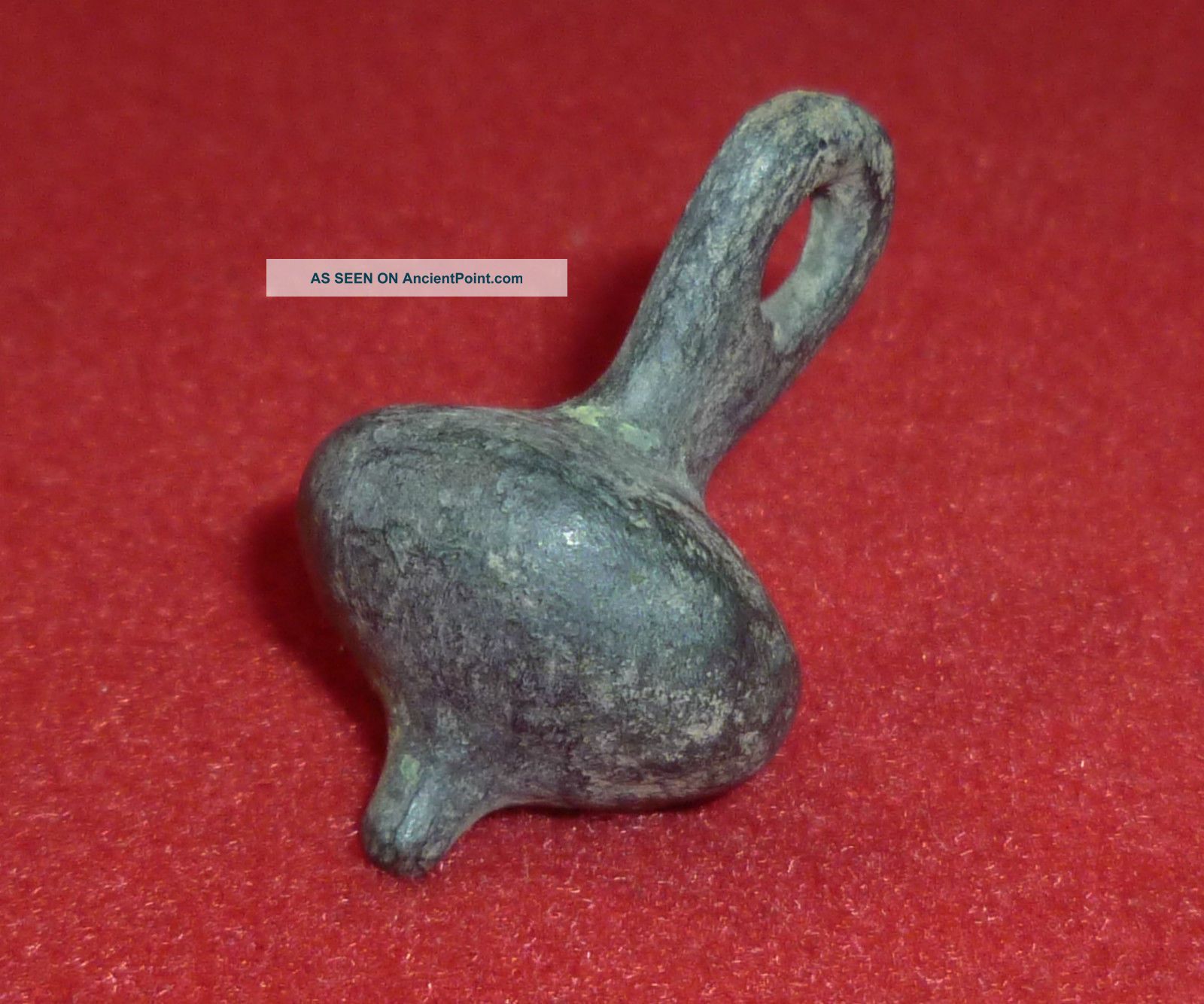
The plumb-bob was almost forced into obscurity by the invention of the spirit level, a tool which has the advantage of being able to determine both vertical (plumb) and horizontal (level) surfaces.Īs technology progressed and better tools were invented, this gave a new lease of life to the plumb-bob. Some less frequent materials, such as bone and ivory, have been used for plumb-bobs, though these are typically antiques and may be purely decorative items not intended for day-to-day use. Over the centuries, the most common material for a plumb-bob to be made from has been a copper-tin alloy more frequently known as bronze In later ages, plumb-bobs were cast from lead, and it is from this that the plumb-bob gets its name. As technology advanced, wooden plumb-bobs were later replaced by heavier metal varieties. Since plumb-bobs needed to be symmetrical objects and have a string attached to their axis of symmetry, it was important that the material they were made from could be easily shaped. Some early plumb-bobs were fashioned out of dense hardwoods such as ebony, oak, or ash. Ancient civilisations used plumb-bobs for many applications and they made their tools out of the materials that were readily available to them. Even now, they are still the most effective and accurate tools for determining a vertical in construction. It seems they were used by the Babylonians, the ancient Egyptians, the ancient Greeks and the Romans to make accurate vertical lines when building or marking the points of stars and planets.

There is evidence that tells us plumb-bobs have been in use since the dawn of civilisation.


 0 kommentar(er)
0 kommentar(er)
